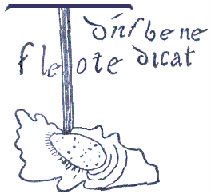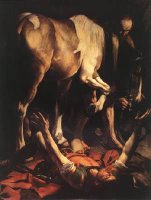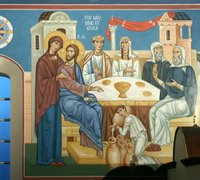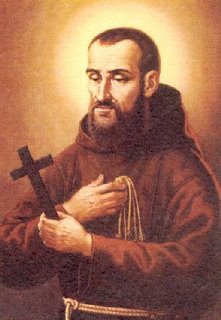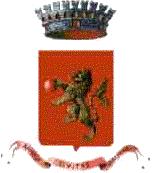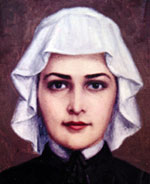“Jesus sent out his disciples two by two.” We are not supposed to ‘go it alone,’ because we are part of the body of Christ. Paul, in the Second Letter to the Corinthians, shows us that even a powerful believer and preacher can use ‘a little help from his friends.’

“For this is why I wrote, to know your proven character, whether you were obedient in everything. Whomever you forgive anything, so do I. For indeed what I have forgiven, if I have forgiven anything, has been for you in the presence of Christ, so that we might not be taken advantage of by Satan, for we are not unaware of his purposes. When I went to Troas for the gospel of Christ, although a door was opened for me in the Lord, I had no relief in my spirit because I did not find my brother Titus. So I took leave of them and went on to Macedonia.
“For even when we came into Macedonia, our flesh had no rest, but we were afflicted in every way--external conflicts, internal fears. But God, who encourages the downcast, encouraged us by the arrival of Titus, and not only by his arrival but also by the encouragement with which he was encouraged in regard to you, as he told us of your yearning, your lament, your zeal for me, so that I rejoiced even more.”
Sts. Timothy and Titus helped him out.
St. Francis had his friends, like Br. Leo and Lady Jacoba, who encouraged and helped him on. May we thank God for those who help us along the path of life, and the way of faith!
